|
Astrophotography
|
|
| midtskogen | Date: Saturday, 23.01.2016, 17:59 | Message # 556 |
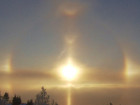 Star Engineer
Group: Users
 Norway
Norway
Messages: 1674
Status: Offline
| The sidereal orbit period is 27.322 days, so the Moon moves 360/27.322/24 = 0.55 arc seconds per second. Assuming that Aldebaran was partially occulted during 4 frames, we get the angular size by multiplying with 4/30*1000/1001=0.073 arc seconds if the Moon met Aldebaran "head on", and this figure would be the upper limit. The accepted value is 0.020.
It's difficult to get a precise measurement using this method, since we would have to know the exact slope of the moon hill where it set.
NIL DIFFICILE VOLENTI

|
| |
| |
| Watsisname | Date: Sunday, 24.01.2016, 00:54 | Message # 557 |
 Galaxy Architect
Group: Global Moderators
 United States
United States
Messages: 2613
Status: Offline
| Not too bad to be within a factor of 5, given 4 frames and those assumptions. That's pretty neat!  To be more precise, we could account for the variable angular speed of the Moon (its non-circular orbit makes a very big difference), and the contact angle. The terrain slope is then the only significant unknown. To be more precise, we could account for the variable angular speed of the Moon (its non-circular orbit makes a very big difference), and the contact angle. The terrain slope is then the only significant unknown.
Moon map at time of disappearance for Boston, MA

The contact angle is about -23°, with a radial velocity of 0.36 "/second. Then a 4 frame disappearance time equates to about 0.048" disk diameter. Better; almost factor of 2 accuracy. Lunar terrain could explain that, but would require a very steep slope (>60°).
However, I would actually argue that the star vanishes in only 2 or 3 frames. Frame one has essentially 100% flux, while frame 3 has nearly zero flux, and it is completely gone in frame 4. The Occultation software actually predicts a disappearance time of 0.08 seconds, or 2.4 frames at 30fps, which is exactly consistent with this.
Neat!

|
| |
| |
|
| HarbingerDawn | Date: Thursday, 28.01.2016, 12:17 | Message # 559 |
 Cosmic Curator
Group: Administrators
 United States
United States
Messages: 8717
Status: Offline
| Wow, great shot of the ISS!
All forum users, please read this!
My SE mods and addons
Phenom II X6 1090T 3.2 GHz, 16 GB DDR3 RAM, GTX 970 3584 MB VRAM
|
| |
| |
| astroniki | Date: Saturday, 06.02.2016, 22:50 | Message # 560 |
 Space Pilot
Group: SE team
 Poland
Poland
Messages: 115
Status: Offline
| Some more from the remote telescopes of itelescope




Check out my astrophotography:
http://www.astroniki.fbl.pl
http://www.facebook.com/AstroNiki1
|
| |
| |
| Watsisname | Date: Saturday, 06.02.2016, 23:57 | Message # 561 |
 Galaxy Architect
Group: Global Moderators
 United States
United States
Messages: 2613
Status: Offline
| Incredible! Love M31 and the Rosette. 

|
| |
| |
| ken100 | Date: Tuesday, 12.04.2016, 20:27 | Message # 562 |
|
Observer
Group: Newbies
 United States
United States
Messages: 2
Status: Offline
| So what scope do you guys use and how do you take photos how is the light pollution
I got a 10 inch dob
|
| |
| |
| midtskogen | Date: Monday, 09.05.2016, 19:38 | Message # 563 |
 Star Engineer
Group: Users
 Norway
Norway
Messages: 1674
Status: Offline
| Did anyone see Mercury today? I took this picture just before third contact with my mobile phone through the ocular of my telescope, so the quality is pretty bad compare to what I could see.
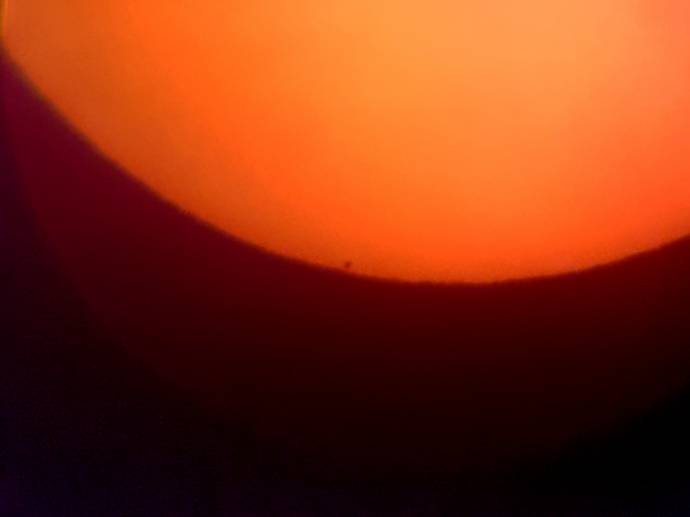
NIL DIFFICILE VOLENTI

|
| |
| |
| Frostbreath | Date: Monday, 09.05.2016, 20:34 | Message # 564 |
 Space Pilot
Group: Translators
 Netherlands
Netherlands
Messages: 118
Status: Offline
| I also took some photos through my telescope today. Not the greatest quality, but I'm still tweaking camera settings.

Amateur astronomer. Owner of a Celestron C8 telescope and, of course, Space Engine. Translator for Dutch.

Edited by Frostbreath - Monday, 09.05.2016, 20:38 |
| |
| |
| SonofStars | Date: Thursday, 12.05.2016, 00:47 | Message # 565 |
 Observer
Group: Users
 United States
United States
Messages: 11
Status: Offline
| The clouds broke just enough towards the end for me to get a few pics. Like the previous two post, these were also taken with the phone looking through the eyepiece.




|
| |
| |
| pzampella | Date: Wednesday, 25.05.2016, 02:42 | Message # 566 |
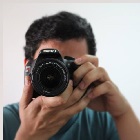 Space Pilot
Group: Users
 Venezuela
Venezuela
Messages: 115
Status: Offline
| Hi! I want some advices. I have a Celestron 114LCM telescope and I wish to use it for astrophotography. I already have a Canon T5 camera, but when I attach it using a T-ring, the image looks blur toward the edges (I believe it's some kind of spheric aberration, since it is a newtonian telescope, and probably the eyepieces cancels it but the camera doesn't). Obviously, I should buy a good webcam or a smartphone mount (advices here too), but that wouldn't fix the spheric aberration problem, right? I want to know this before I spend my money.
Thank you!
Edited by pzampella - Wednesday, 25.05.2016, 02:44 |
| |
| |
| Hornblower | Date: Thursday, 26.05.2016, 23:50 | Message # 567 |
 World Builder
Group: Users
 United States
United States
Messages: 714
Status: Offline
| Two old, amateur images of Saturn through my telescope (2 years ago I think)
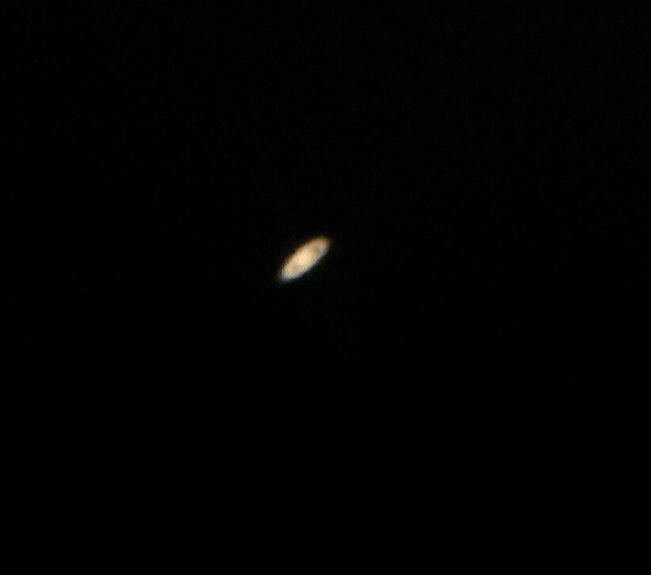
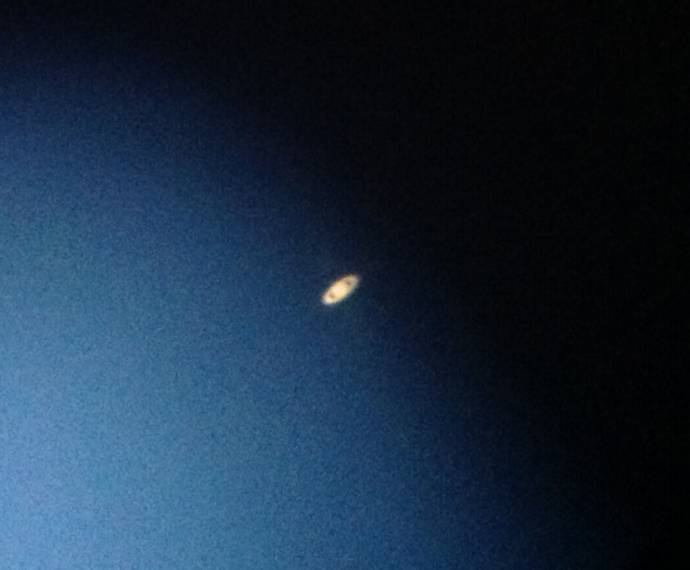
|
| |
| |
| Fireinthehole | Date: Friday, 27.05.2016, 06:56 | Message # 568 |
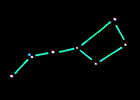 Pioneer
Group: Translators
 Sweden
Sweden
Messages: 356
Status: Offline
| Cool image, Hornblower! 
Love SpaceEngine!
|
| |
| |
| Bambusman | Date: Monday, 30.05.2016, 21:39 | Message # 569 |
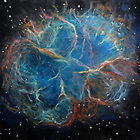 Pioneer
Group: SE team
 Germany
Germany
Messages: 408
Status: Offline
| i find it interesting how some smartphones can photograph the night sky.
i took these pictures with my sony xperia z3 and a cheap telescope but sadly i live somewhere with high light pollution.
Pleiades:

m44:

jupiter and a few stars:

the big dipper + the iss

|
| |
| |
| Hornblower | Date: Monday, 30.05.2016, 21:54 | Message # 570 |
 World Builder
Group: Users
 United States
United States
Messages: 714
Status: Offline
| EVERYONE WHO WANTS TO, Try to get a picture of Mars at opposition tonight! It might be cloudy for me 
Edited by Hornblower - Monday, 30.05.2016, 21:55 |
| |
| |